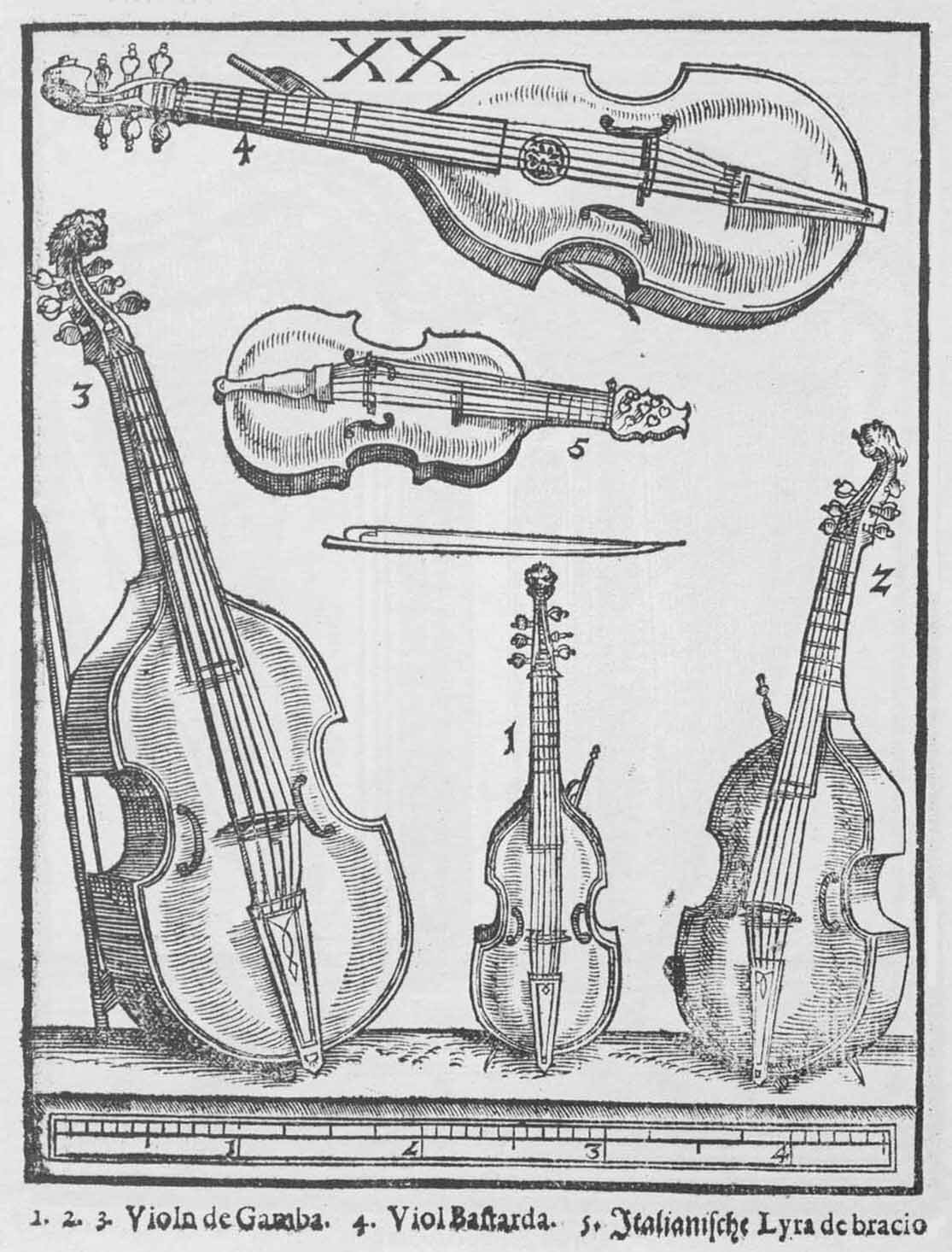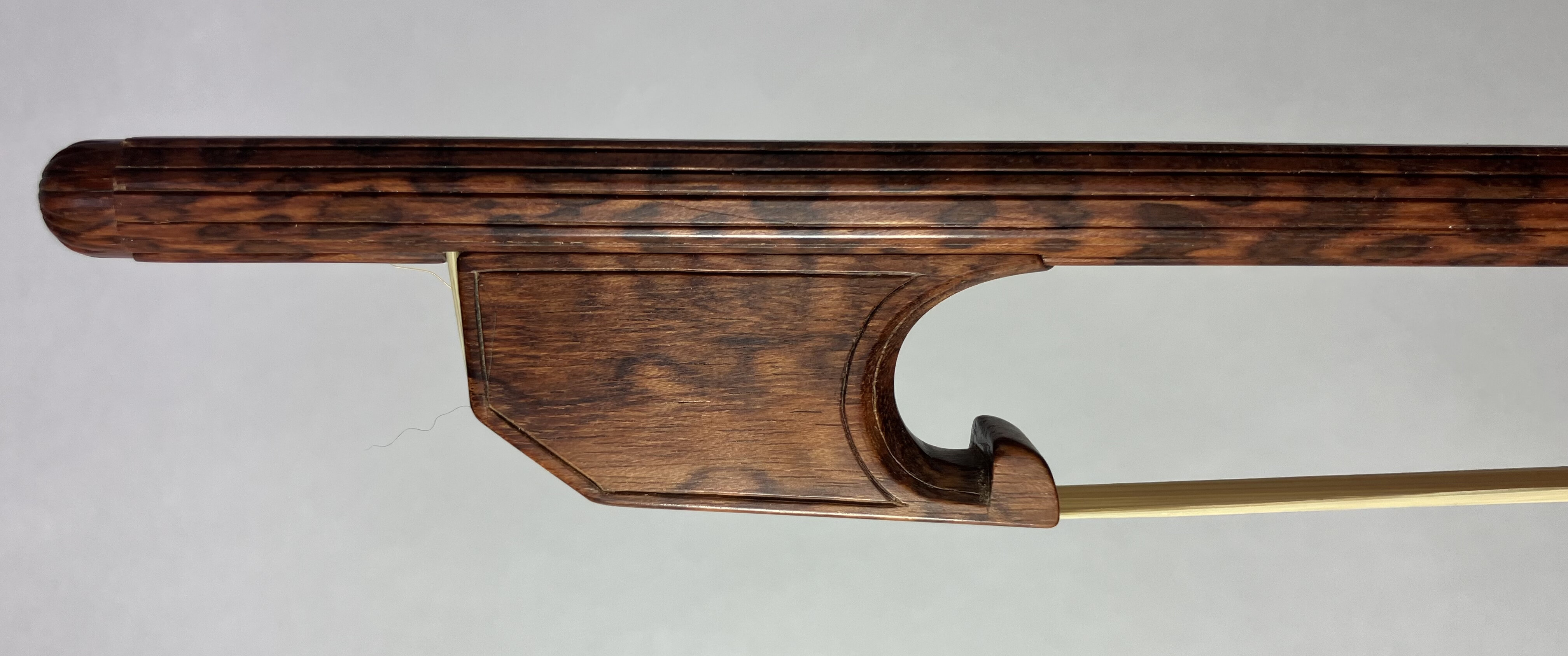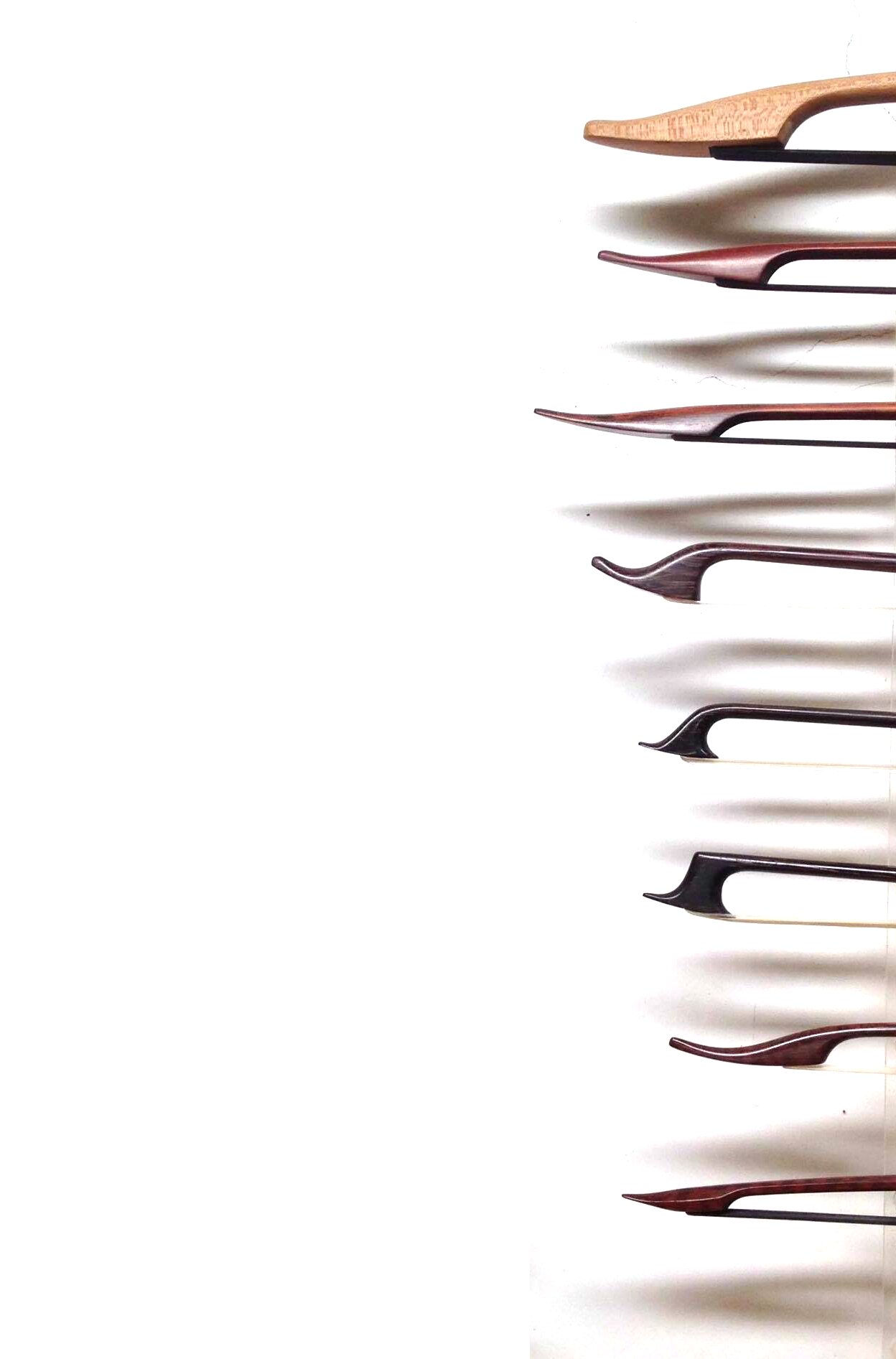Walking around in the Pinacoteca Comunale in Cremona I faced in a large painting by Antonio Gianlisi il giovane (1677-1727).
A beautiful cello and its bow are rappresented lifesize: at close wiew it is possible to recognize the dark brown wood (snakewood?) of the bow and the four "unwound" gut strings.
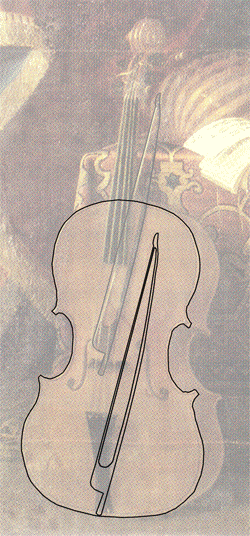
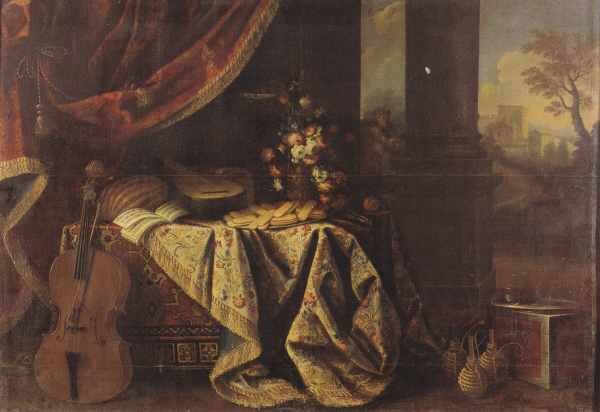






The fool idea to remake that bow came out in my mind.
You can see in the animation how I extract proportion between the instrument and its bow. For a cello body length of about 760 millimeters (a common size for the period), we should have hair length of about 490 mm and the maximum gap between the hair and the stick of about 28 mm. The stick length probably 670 mm.
But
These dimensions almost exactly match the ones of the item "Samm 77" collected in Kunst Historisches Museum of Vienna (dated 16th century).The only difference is the length of that part of stick from the frog to the lower limit and, consequentely, the overall length which is shorter in the original item.








Than I thought that making a copy of Samm 77 was a better idea
It seems that for some time between the 17th and 18th century some bows were still made in the same style than a hundred years before.
A copy

A copy

